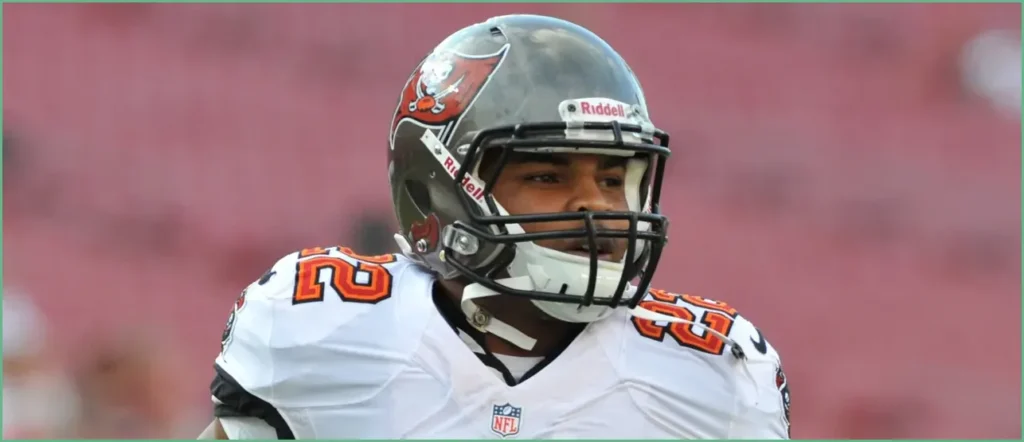Former NFL running back Doug Martin reportedly leapt from a second-story window at a licensed rehab facility during an apparent mental health episode this summer, an incident that left him bloodied and later led to a psychiatric hold; his death in October while in police custody has left questions about substance use, brain trauma and the responses of treatment and law enforcement professionals.
Martin checked into a private rehab program in August and screened positive for methamphetamine and cocaine, with authorities also noting fentanyl and a large knife among his belongings. Staff described erratic behavior that morning and called for help when they found him bleeding outside the facility, believing he had jumped from a room above. The episode prompted a rapid law enforcement and medical response that escalated quickly.
A clinical supervisor said she saw Martin dancing on the driveway with blood on his face and hands and suspected he had jumped from the second-floor window, striking the building. Deputies who arrived found him agitated and reportedly paranoid, resisting attempts to secure him and, according to the report, lashing out at officers. Officers say the situation became physical as they tried to control and assess him.
During the encounter deputies reportedly discovered three small bags of cocaine in his pocket, a 12-inch chef’s knife in his backpack, and a $50 bill with white powder residue. Paramedics described Martin as kicking and flailing while personnel attempted to strap him to a gurney for transport. “Martin was so inebriated that he was unable to communicate whether he was in any pain or suffered any injuries,” the report said.
Because of the alleged jump and his behavior on scene, deputies placed Martin on a 72-hour psychiatric hold and took him to a local medical center for evaluation. Authorities later said Martin was involved in another incident in October that led to his arrest after reportedly entering a neighbor’s home during the night. Questions about the circumstances around his death on Oct. 18 remain under investigation by local agencies.
Martin’s family issued a statement saying they had been actively trying to get him help and described a moment of confusion that night: “Feeling overwhelmed and disoriented, Doug fled his home during the night and entered a neighbor’s residence two doors down.” That exact line from the family underscores the human side of a story that mixes addiction, mental health, and public safety concerns.
Neurologists plan to examine Martin’s brain for signs of chronic traumatic encephalopathy, or CTE, a degenerative condition linked to repeated head trauma. The prospect of CTE raises hard questions about the long-term costs of a football career and what support retired players receive when symptoms of cognitive decline or mood instability emerge. Medical examiners and specialists will be looking for any links between brain injury and his recent behavior.
Martin was a compact, powerful runner known for tenacity and strength during his time in the NFL, playing for both the Tampa Bay Buccaneers and the Oakland Raiders. Teammates and fans remember his grit on the field, but the events in recent months reveal how fragile life can be once a player is out of the stadium and struggling with addiction or mental illness. The contrast between athletic accomplishment and private suffering is stark here.
Authorities say they are continuing their investigation into Martin’s death, and family members and medical professionals are trying to piece together what led to these tragic outcomes. “Ultimately, mental illness proved to be the one opponent from which Doug could not run,” the family said, a sentence that lands hard given his reputation for never giving up on the field.

